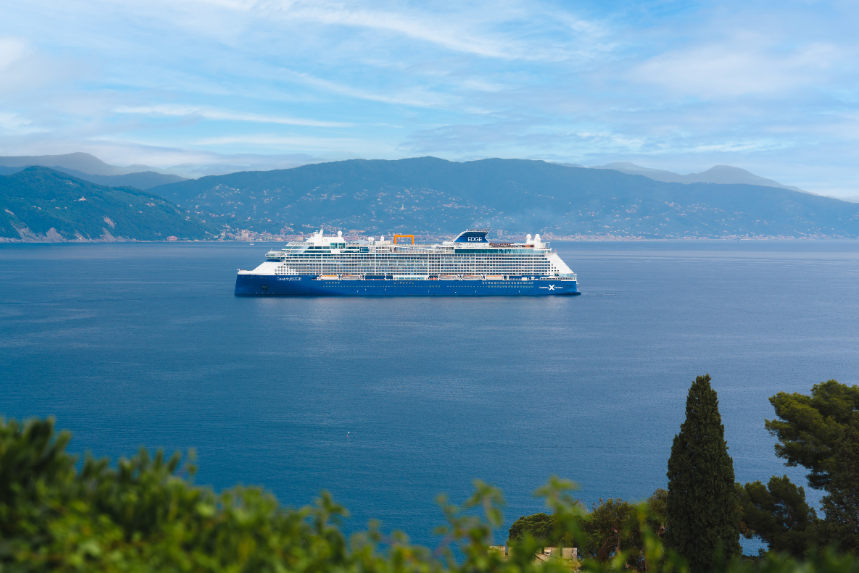How to avoid getting seasick is a question as old as cruises themselves. If you look up the word “seasickness” online, it will say: a sickness resulting from the pitching and rolling of a ship or boat in water, especially at sea.
According to Web MD, it’s your brain adjusting to an unstable environment. So, What’s the best way to avoid getting seasick on a cruise?
Here are some tips on how to avoid getting seasick.
Book a Room in a Lower Part of the Ship
Securing a cabin in the lower sections of the ship, ideally towards the center, is a strategic move for those who prefer a more stable cruise experience. The lower and more centralized your location, the less you will be subjected to the ship’s movement and potential sea-induced rocking. The effect of the sea’s motion diminishes significantly as you move closer to the vessel’s center of gravity.
Consequently, this position offers a smoother ride, making it an especially good choice for those prone to seasickness or those traveling with young children or older adults. So, if a serene, undisturbed journey on the seas is what you desire, aim for a room closer to the ship’s bottom and towards its core.
Book a Smaller Ship

Opting for a smaller cruise ship can significantly enhance your travel experience, particularly if you want to visit less accessible or more intimate destinations. Unlike their larger counterparts, smaller ships can navigate narrower waterways and dock at more secluded ports. This access allows you to explore unique, off-the-beaten-path locations that larger ships simply can’t reach.
In addition, smaller ships tend not to venture far into open waters, which means they generally provide a smoother, more comfortable journey, a notable advantage if you’re prone to seasickness.
Try to Keep a Full Stomach
Maintaining a full stomach while traveling, particularly on a cruise, can contribute significantly to a more enjoyable and comfortable journey. This advice is useful for those prone to motion sickness, as an empty stomach can sometimes exacerbate nausea.
Stay Out of the Sun
Avoiding excessive sun exposure is essential to ensuring a safe and comfortable travel experience, especially in regions with intense sunlight or during the peak summer months. Too much sun can lead to various health concerns like sunburn, dehydration and in severe cases, heat stroke. Over time, repeated sun exposure can also increase the risk of skin aging and skin cancer.
Stay Hydrated

The top tip for avoiding motion sickness on a cruise is very simple. Proper hydration, especially with water, is vital to ensuring your health and well-being during travel. Water plays a key role in our bodies, from regulating body temperature and aiding digestion to ensuring the proper function of all body cells and systems. Packing electrolyte packets to add to your water will be an additional layer of hydration protection, especially if you drink alcohol on your cruise.
Traveling, particularly in warm climates or when engaging in physical activities such as sightseeing or hiking, can often lead to increased sweat production, making it even more critical to replenish lost fluids. Dehydration can result in symptoms like fatigue, headache, dizziness or even more severe health issues if not addressed promptly. Depending on the severity of your dehydration, you may want to check with the medical facilities on the ship or research if there is a local IV business in port where you can receive hydration and vitamins quickly.
Additional Tips on How to Avoid Getting Seasick:
● Pack Dramamine (Purchase non-drowsy if preferred)
● Get a pressure point wristband—it goes back to acupuncture. There is a pressure point
about an inch above your wrist.
● Go easy on the booze
● Stay hydrated with water and electrolytes
● Eat bread/crackers to absorb the acid in your stomach
● Lay down and look at the horizon; it will give your brain a reference point to focus on
● Keep your ears clean


